Classification and Flavor characteristics of Ethiopian Coffee Bean Heirloom varieties introduced in Ethiopian Fine Coffee producing areas
Ethiopia, the birthplace of coffee, has a number of boutique coffee producing areas, producing popular high-quality coffee beans, such as Yega Xuefei, Guoding Ding Ding, Sakui and so on. Each producing area will have its own flavor characteristics. Follow Qianjie Coffee to learn about it.
The origin of coffee
Although there is no record of coffee cultivation and sales as early as in Yemen, the Ethiopian coffee drinking tradition has a long history for hundreds of years, and people who sell coffee or drink coffee can be seen on the local streets and alleys, just as popular as we drink tea. and they have unique etiquette. It can be seen that Ethiopia has a long history of drinking coffee, so let's start with the legend of the origin of coffee.
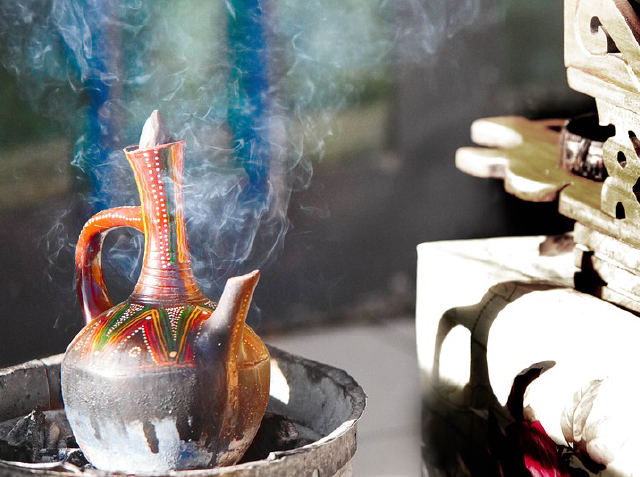
Legend has it that in 900 AD, a shepherd named Caldi in the Kaffa area of Cafa in Ethiopia became very excited after he found that the sheep had eaten a kind of red berry. Qadir also picked and tasted the fruit, feeling delicious and sweet, and refreshed after eating it. Then the fruit was brought back to the villagers to taste, and the "red berry cherry" began to spread. The word coffee coffee in English also comes from the place name Kaffa. Ethiopian locals call coffee Buna, which means beans.
Classification of coffee cultivation in Ethiopia
Ethiopian coffee growers are generally divided into three types: forest coffee, pastoral coffee and large farm coffee.
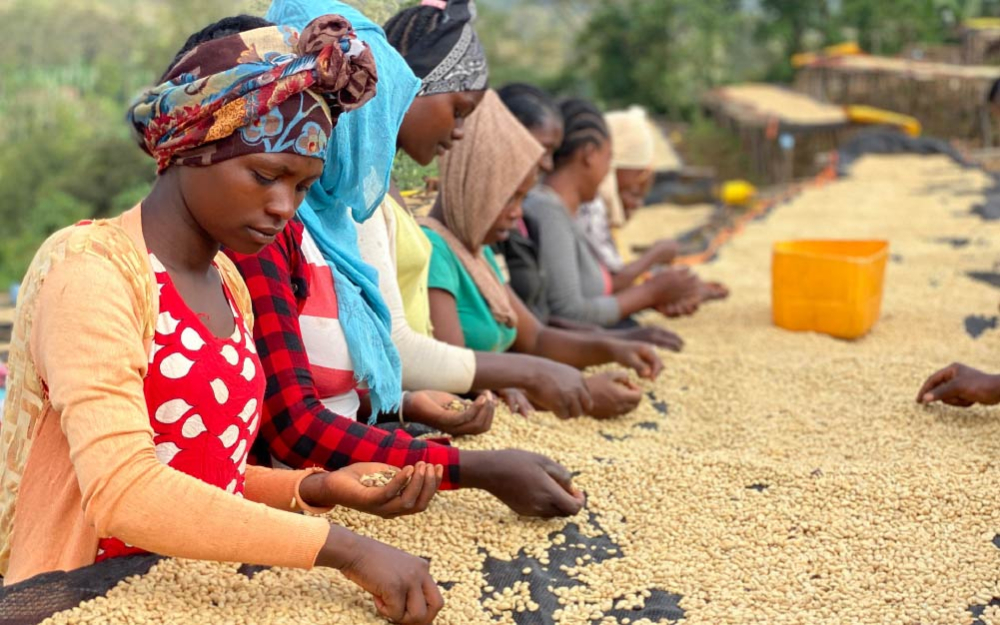
Forest coffee generally refers to coffee trees that grow on their own in the wild, that is, wild coffee. Generally located in the Cafa forest in southwestern Ethiopia, the species are also mixed, and the dense jungle in the forest can provide shade for coffee trees. When the coffee fruit is ripe, nearby farmers will go to harvest and take it to the market for sale. The quality of this kind of coffee is uneven, so the price will be very low. There is also a kind of semi-forest coffee, in order to increase coffee production, will artificially trim thick branches and leaves for coffee trees, help coffee trees get proper light and shade, and weed once a year.
More than half of Ethiopia's coffee is grown in the pastoral mode, and since coffee does not bring income all year round, farmers will plant coffee trees in their backyard along with other crops that can be harvested, which is also easy to take care of.
Finally, there is large farm coffee, which accounts for a small proportion, which is generally invested and produced by big companies and big brands. Mainly in order to improve production efficiency, large-scale specialized planting management, specialized workers carry out seedling raising, pruning, fertilization, spraying, harvesting and other work.
From the perspective of the above three Ethiopian planting patterns, unlike the large-scale specialized and efficient planting patterns in Central and South America, Ethiopia's coffee production is not easy to increase, so most Ethiopian coffee people choose to improve the quality of coffee beans to improve income.
Ethiopian coffee producing area
Ethiopia's producing areas are mainly divided into: Yegashafi Yirgacheffe, Sidamo Sidamo, Hara Harar, Guji Guji, Lekanti Lekempti, Jinma Jimma, Lim Limu, Bebeca Bebeka, Kafa Kaffa, Tibby Teppi, among which there are five boutique coffee producing areas: Yegashafi, Sidamo, Guji, Hara and Lim, which are also the most well-known.
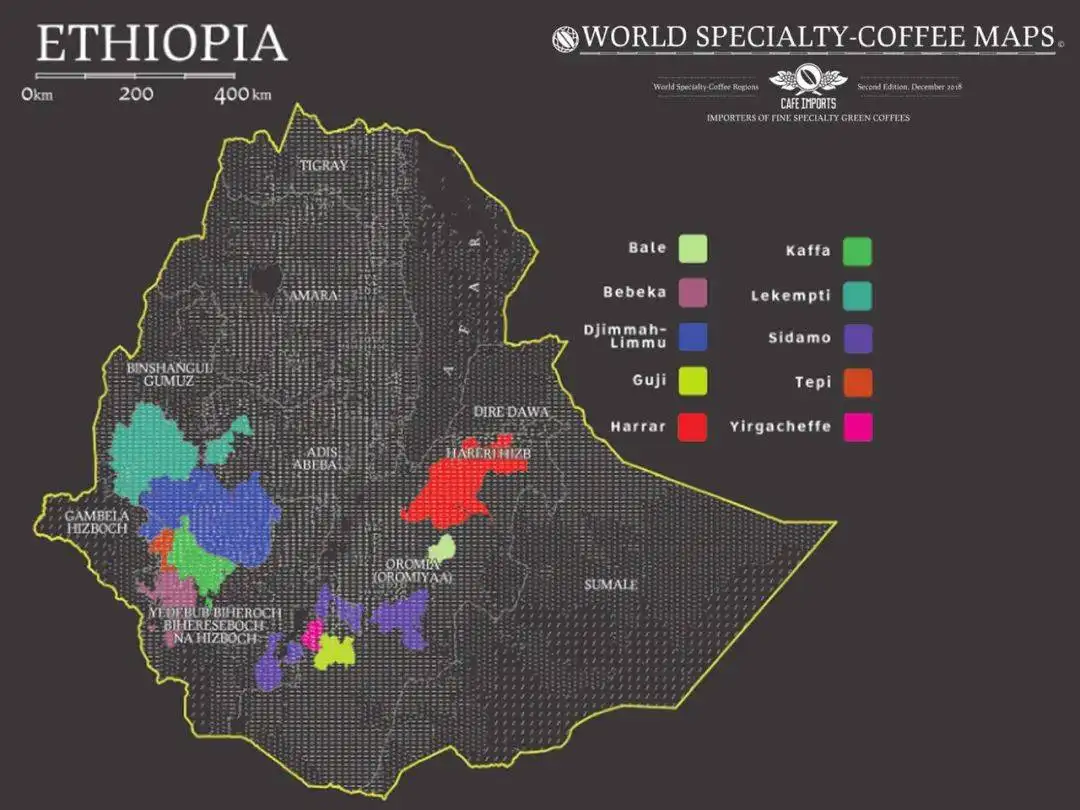
Ethiopia's climate is polarized, half humid rainforest, half dry desert Gobi, coffee cultivation is mainly distributed in the high-altitude rainforest. The local main rainfall season is from June to August for three months, the annual precipitation in the main growing areas of coffee is 1000-2000 mm, and the average annual temperature is 15-30. There are many high mountains in Ethiopia, which are tropical cloud forests, and coffee is mainly grown on the plateau. High-altitude areas have lower temperatures, fewer insect pests, less need for pesticides, and coffee cherries mature more slowly, so coffee trees can take longer to absorb nutrients.
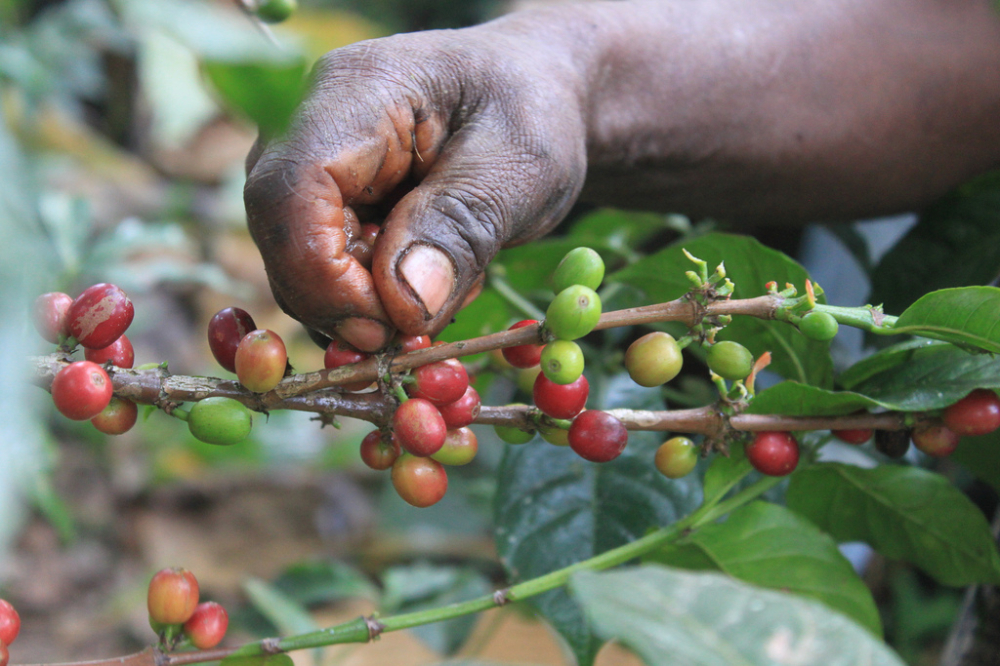
Yejia Xuefei
In the coffee-producing country of Ethiopia, the Yegashafi region is undoubtedly one of the most famous coffee-producing areas. The town of Yejashafi is located in the southern Gedeo area of Chideo at an altitude of about 1700 to 2100 meters above sea level. The fertile soil, sufficient rainfall and temperature difference between day and night allow the coffee fruit to absorb more sugar. Every household in the town of Yejassefi grows coffee trees, almost all on a household basis, with a low yield, that is, the pastoral coffee mentioned above. As coffee is widely grown here, Yega Xuefei has cooperative processing plants, large and small, which buy coffee fruits from farmers' hands for processing, and exports will be sold in the name of cooperatives.
Made up of 28 member cooperatives, the Yega Sheffield Coffee Farmers Cooperative Union (YCFCU) has more than 40, 000 farmers. Among them, Guodingding Cooperative, Waka Cooperative and Konga Cooperative are the most famous. Yejia Xuefei originally belongs to the Sidamo producing area, because the coffee is processed in different ways, and the coffee flavor is clearly identified, so it is independent into a producing area. The so-called Yega Chuefei flavor refers to the strong aroma of jasmine, lemon and citrus acid. Qianjie Coffee is so popular that Qianjie Coffee is attributed to its bright and fresh aroma of flowers and fruits, which makes the coffee taste more like a cup of scented tea, letting people know that "coffee is not only bitter."
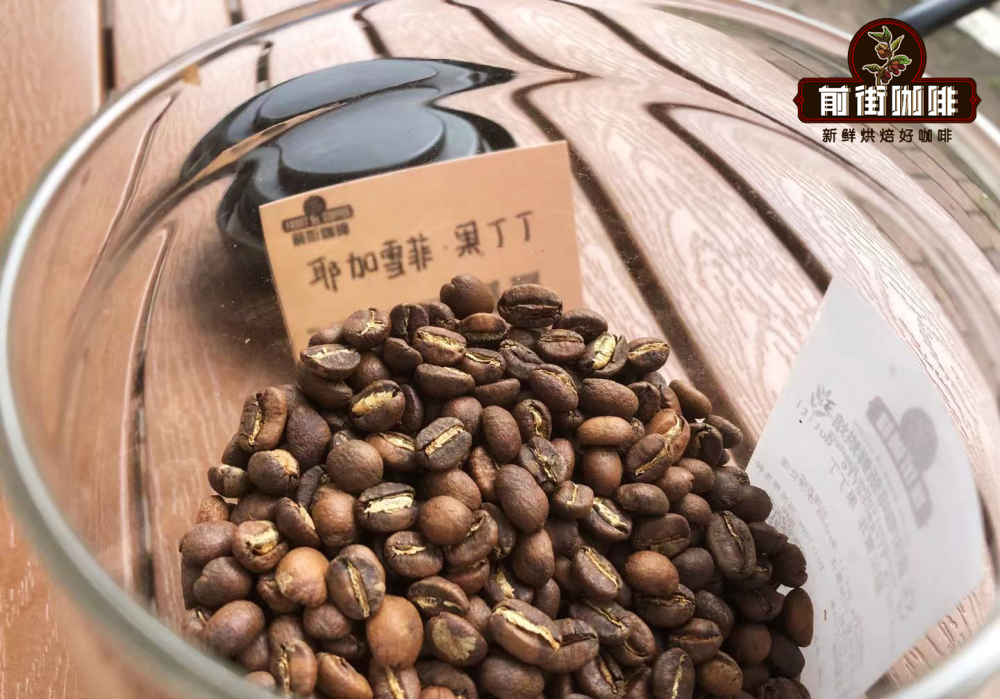
Qianjie Coffee: Guoding Cooperative Coffee beans
Producing area: Yega Xuefei producing area
Altitude: 1900-2000m
Treatment: washing
Variety: Heirloom native species
Flavor: Jasmine, citrus and berry tea
Because the traditional sun treatment directly spread the unscreened coffee fruit on the ground, it is easy to be stained with negative taste by soil dust, and the over-fermented flavor may occur in the process of exposure due to improper treatment. In 1972, Ethiopia introduced and widely used the water washing technology of Central and South America, which made the taste of Yega Xuefei clean and bright, and has since become a high-quality boutique coffee bean. If you want to understand the flavor of a producing area, Qianjie believes that washed coffee can best highlight the flavor of regional culture, so Qianjie rations beans are mostly washed, such as this washed Yega Xuefei. Qianjie has seven cost-effective food rations beans, each of which represents the basic flavor of different producing areas, so that coffee novices can drink the main flavor of the producing area, and then choose the type they like.
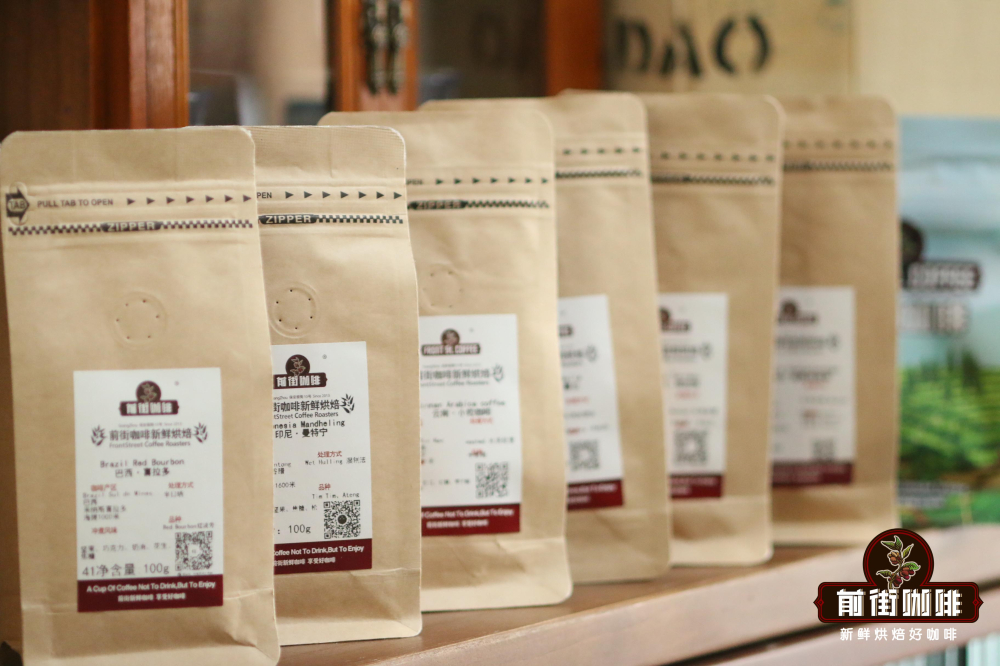
Sidamo
Sidamo is a large boutique coffee producing area in the south of Ethiopia, which is distributed on both sides of the East African Rift Valley. due to the size of the region, different environmental climate, coffee varieties and different topography and soil form a variety of coffee flavors. the flavor characteristics of each village are different. Sidamo has three representative sub-regions, Bensa,Chire and Aroresa. As high-profile boutique producers Bensa and Chire, the coffee has complex fruit aromas, preferring tropical fruits and fermented sweet and sour, with nutty and red wine flavors. Aroresa, located in the east of Sidamo, is characterized by light aromas of sugar cane, jasmine and black tea.
In addition, different raw bean processing methods will also make the coffee have different flavor directions. Sidamo will use common washing and sun treatment, proper sun processing will add fruit and body to the spicy Sidamo, while washing will give out the acidity and subtle floral aroma of citric acid.
Guji
Guji production area originally belongs to the Sidamo production area, because the area is more remote, the development is also relatively backward, coffee cultivation and fame are relatively backward, so Guji coffee is often divided into Sidamo production area. At first, its reputation was not as good as that of Yejasuefei and Hara, but later it was independently divided into a new producing area because of the high-quality flavor of coffee beans. This place has fertile black land, with an average elevation of more than 1800 meters, and its unique geographical features form wind and soil conditions that are very conducive to the growth of coffee trees.
The famous Huakui coffee bean comes from the Humbera producing area of Guji, which is the highest-altitude sub-area in Ethiopia. However, only the Buku processing factory coffee from Humberra can be called Sakuran. Sun-dried Sakui coffee beans have strong passion fruit aromas, honey-like soft sweetness, and strawberry fruits with pleasant acidity.
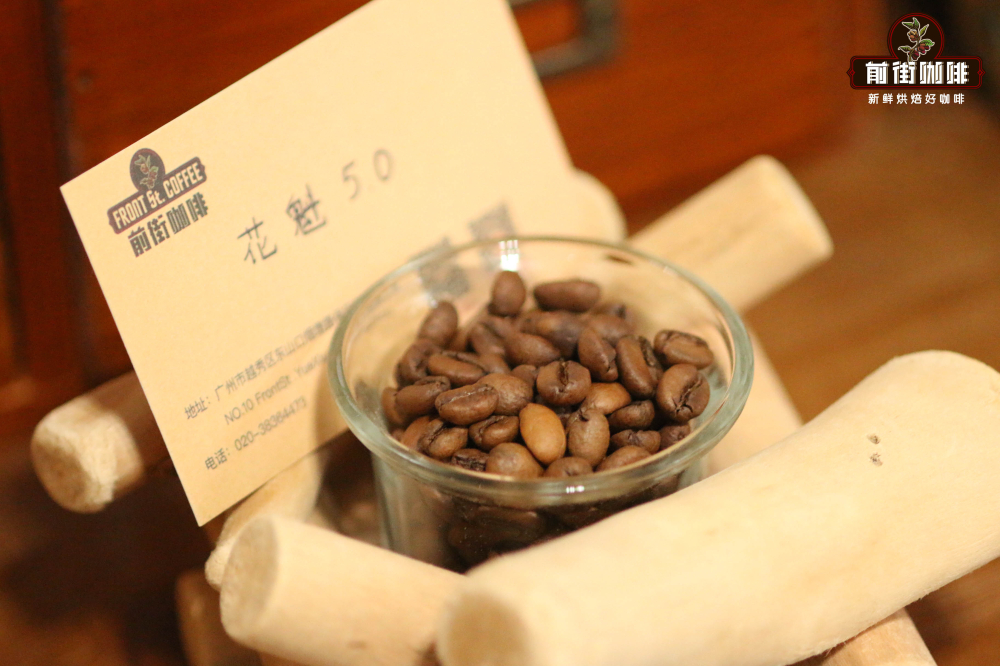
Qianjie Coffee: Ethiopia Sakuran 5.0
Producing area: Guji producing area of Xidamo
Altitude: 2250-2350m
Variety: native species
Treatment method: sun treatment
Flavor: passion fruit fermented fruit strawberry
Hara.
The most important sun bean producing area in Ethiopia, Hara and Yemeni mocha coffee have similar flavors of nuts, red wine and chocolate. The planting environment in Hara is relatively hot and dry compared with other producing areas, with an elevation of 1500-2400 meters and an annual rainfall of only 1000 mm, which is a desert climate, so almost all coffee beans produced here are sun-dried. Hara's coffee beans are bold and unrestrained with rich fermented fruit aromas.
Lim.
Lim producing areas are mostly small farmers growing coffee, planting between 1850-1900 meters above sea level, the harvest season is mainly concentrated in October to February of the following year, the output is small, mainly sold to the coffee market in Europe and the United States. The flavor of washed coffee here has the aroma of grass and the acidity of sandalwood and other spices, which is loved by European and American countries.
Ethiopian coffee varieties
In Ethiopia, the hometown of Arabica coffee, in addition to native species that have not been subdivided for various reasons, there are actually some varieties that can be classified and distinguished.
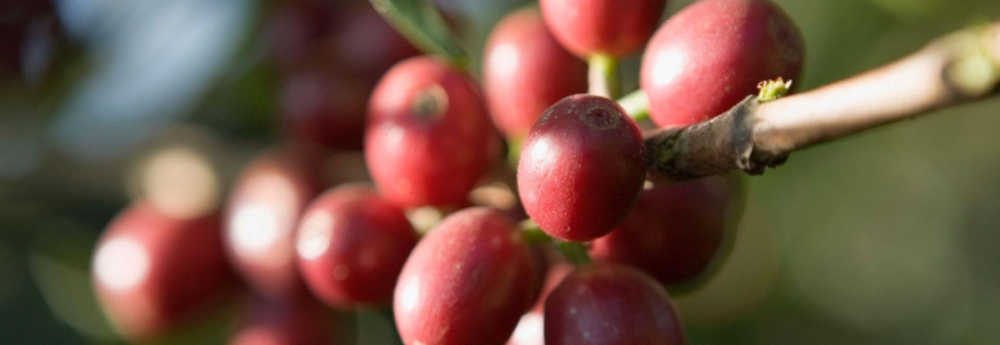
Native species of Heirloom
Heirloom is translated into Chinese as "family heirloom", which means the precious property of generations. Because there are too many local coffee varieties, it is difficult to identify, and the government chooses not to disclose the variety information for protection reasons, so these varieties are collectively referred to as the original species. So often when brewing Essel's coffee beans, you can see that the particles vary in size and shape, so this pot of coffee may contain several varieties.
Digital series
In the COE Excellence Cup competition held in Ethiopia in 2021, the top 10 coffee varieties are represented by numbers, the first and second place is 74165, and the third and fourth place is 74110. The meaning of these figures began with the establishment of Ethiopia's own agricultural research institute in Jinma in 1940, aimed at the improvement of forest and semi-forest coffee, including improved agricultural planting techniques, soil composition analysis, improved processing of raw coffee beans, diseases and insect pests, etc. As a result of the widespread outbreak of coffee berry disease in Ethiopia in 1971, which destroyed nearly 200 tons of coffee beans, agricultural research institutions began experimenting with cultivating disease-resistant coffee seedlings from 1974 to 1975, and collected 639 coffee tree samples. finally, 13 improved varieties resistant to coffee berry disease were bred. For example, 74165 refers to the sample variety number 165released in 1974.
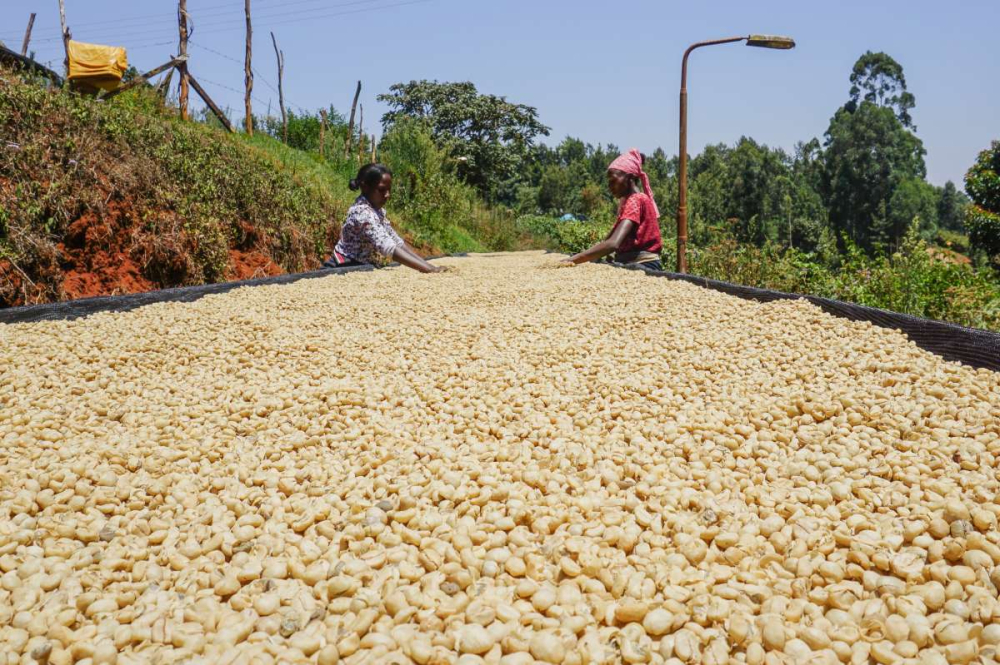
Iron pickup and bourbon
The elegant ancient varieties of Ironka and bourbon will also be planted in Ethiopia, with brown tops for the coffee trees and green tops for bourbon.
Kurume can be like honey.
Because it looks like a local fruit called Kurume in appearance, it is directly named Kurume. Coffee plants are shorter, can be planted compactly, and the yield is relatively high. The fruit of the coffee is very small, smaller than the native species and easier to identify. The main growing areas of Kurume are Gedeo and Gucci Guji, which are subordinate to Yejasuffe. Its flavor is mostly floral, berry and citrus, with bright and round acidity, obvious juice and sweetness.
Professional coffee knowledge exchange more coffee bean information please follow the coffee workshop (Wechat official account cafe_style)
For more boutique coffee beans, please add private Qianjie coffee on Wechat. WeChat account: qjcoffeex
Important Notice :
前街咖啡 FrontStreet Coffee has moved to new addredd:
FrontStreet Coffee Address: 315,Donghua East Road,GuangZhou
Tel:020 38364473
- Prev

What are the characteristics of Ethiopian coffee? Common coffee beans
Professional coffee knowledge exchange More coffee bean information Please pay attention to coffee workshop (Weixin Official Accounts cafe_style) Front Street-Ethiopian coffee, common coffee varieties Ethiopia has unique natural conditions, suitable for planting all imaginable coffee varieties. Ethiopia's coffee beans are mainly grown as highland crops at altitudes between 1 and 1 above sea level.
- Next

What are the flavor characteristics of Ethiopian coffee beans A brief introduction to Arabica coffee beans
Professional coffee knowledge exchange more coffee bean information please follow the coffee workshop (Wechat official account cafe_style) front street-Ethiopian coffee beans, Arabica coffee beans introduction Ethiopia is the birthplace of the famous Arabica coffee beans, people have maintained the tradition of collecting wild coffee beans. After more than a thousand years of evolution, the coffee garden with an elevation of more than 1500 meters
Related
- Beginners will see the "Coffee pull flower" guide!
- What is the difference between ice blog purified milk and ordinary milk coffee?
- Why is the Philippines the largest producer of crops in Liberia?
- For coffee extraction, should the fine powder be retained?
- How does extracted espresso fill pressed powder? How much strength does it take to press the powder?
- How to make jasmine cold extract coffee? Is the jasmine + latte good?
- Will this little toy really make the coffee taste better? How does Lily Drip affect coffee extraction?
- Will the action of slapping the filter cup also affect coffee extraction?
- What's the difference between powder-to-water ratio and powder-to-liquid ratio?
- What is the Ethiopian local species? What does it have to do with Heirloom native species?

